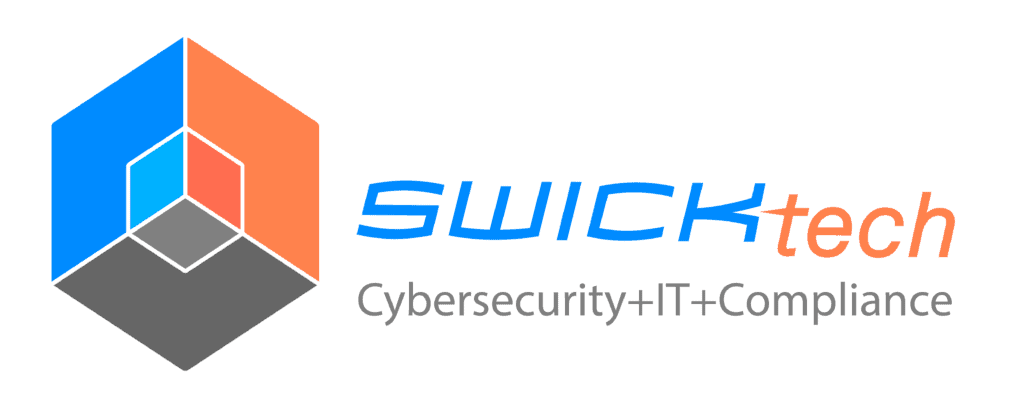AND WHY IS EMAIL FILTERING AND THREAT PROTECTION NECESSARY FOR YOUR BUSINESS?

Email is a necessary evil in 21st-century business and government communications. It’s the standard tool for sharing information internally and externally but is the gateway for malicious spam, malware, email-spoofing, and phishing.
In the most basic terms, Sender Policy Framework (SPF), Domain-based Message Authentication, Reporting and Conformance (DMARC) and Domain Keys Identified Mail (DKIM), authenticate emails and keep harmful emails from doing damage to your organization.
HERE’S WHY EACH OF THESE IS A NECESSARY LAYER IN THE CYBERSECURITY BATTLE
- SPF restricts emails from your domain.
- It’s a method that allows the receiving mail server to authenticate that mail is coming from an IP address that’s authorized by that domain’s administrator. In other words, it’s making sure outgoing mail is coming from the place it’s supposed to come from.
- DKIM is cryptographic authentication
- It is a complex protocol that allows an organization to take responsibility for transmitting a message in a way that can be verified by email providers. You are who you say who are sort of thing.
- DMARC ties SPF and DKIM together
- Using both SPF and DKIM like two sides of a coin, DMARC determines the authenticity of an email message. It prevents unauthenticated parties from sending emails from your domain.
Using SPF, DKIM, and DMARC will help you ensure that you’re sending verified emails and increase your reputation in the email ecosystem.
USING THESE TOOLS ALONGSIDE EMAIL FILTERING AND THREAT PROTECTION WILL PROTECT YOUR BUSINESS IN TODAY’S LANDSCAPE
Use of a cloud-based email filtering service, like Microsoft Exchange Online Protection (EOP), can help you safeguard against malware, email-spoofing, and spam. “EOP can simplify the management of your messaging environment and alleviate many of the burdens that come with maintaining on-premises hardware and software,” says Microsoft. The use of EOP or another cloud-based alternative will lessen the risk of malicious emails being sent to and dispatched in your network.
Another layer on top of EOP, that is equally critical in defending against email-based attacks, is Advanced Threat Protection (ATP). ATP offers the ability to detect malicious information and protect against accessing it. A great example of this is ATP Safe Links that scan hyperlinks in emails and confirm if they are malicious. If they are, your browser won’t be able to open the link to the specified website. We have seen countless emails that appear to be legitimate, but ultimately link out to a site that is stealing your credentials.
SWICKtech can outfit your organization with SPF, DKIM, DMARC, EOP, and ATP to ensure you’re sending and receiving secure emails and lessen the risk of attackers crippling your network.



